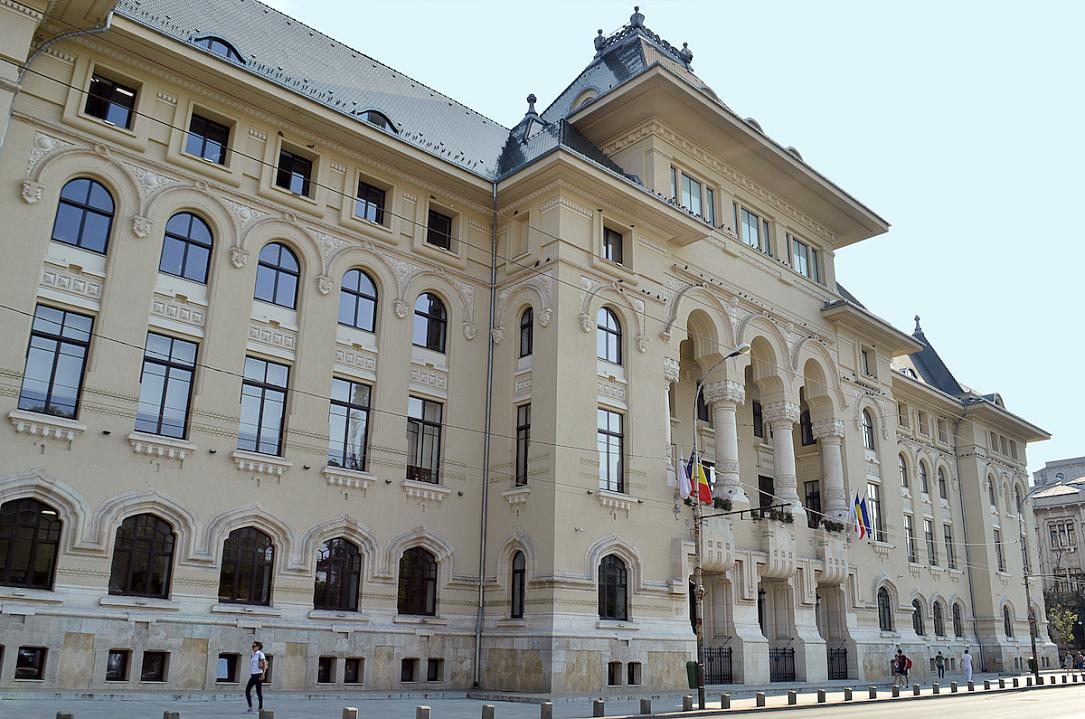Bucharest Centennial: The City Hall Palace –where important decisions were made in the last 100 years



Check the full series of articles dedicated to the Centennial on Romania-Insider.com here.
The building where some of the most important decisions for Bucharest and its inhabitants are taken today was built more than a century ago, before the Great Union of 1918. Originally built to host another important institution of the time - the Ministry of Public Works, the building is today the focus point of the Bucharest administration. It is also a representative building for the national architecture, as the project is signed by the great Romanian architect Petre Antonescu.
During the reign of Carol I (1866-1914), when important institutions such as the Ministry of War or the Ministry of Agriculture began to build impressive headquarters, the idea of building a similar construction for the City Hall was also brought up. A first contest to develop a Palace for the City Hall was organized when Nicolae Filipescu was mayor (1895-1896), and architect Ion Mincu was the winner. The project however did not happen. There was a new attempt in 1899, when Barbu Ştefanescu Delavrancea was mayor. Again, the palace’s construction failed to begin.
In 1913, World War I stopped yet another project to build the headquarters of the City Hall, which this time belonged to the architect Petre Antonescu. The same happened a few years later when the same architect was requested again for the project. But the beginning of World War II stopped the project once again.
The City Hall Palace was never built. However, the institution has found truly impressive headquarters in the late 1940s, when it began its activity in the former headquarters of the Ministry of Public Works.
This building was constructed between 1906 and 1910, based on Petre Antonescu’s plans, in a traditional, neo-Romanian style. Several other representative constructions bear Antonescu's signature, among which the Arch de Triumph and the Marmorosch Blank Bank.
The building of the Ministry of Public Works was constructed on a vacant land opposite to the Cişmigiu Garden, called “Duca’s Maidan” at that time, and was built by engineer Elie Radu. Designed in the shape of a square, the palace is dominated by the central body with the main entrance, the vestibule and the staircase of honor that marks the composition axis of the building. At the inauguration in 1910, the National Mint released a commemorative coin. King Carol I's profile was on one side of the coin, while the other side was dedicated to the building that was to host the Ministry of Public Works and, later, the Bucharest City Hall.
The Ministry of Public Works carried out its activity in this building until 1948, with a break between 1916 and 1918, when, during the German occupation, the palace hosted the German General Command.
Over the past 100 years, the palace went through several transformations. Seriously damaged during World War II bombings, the palace was renovated and added a floor, based on Petre Antonescu's plans.
These works also marked a new beginning for the palace: the City Hall relocated its headquarters here. As the Communist regime was already established in Romania, the City Hall was renamed the Popular Council of the Capital.
The palace hosted the City Hall until 2010, when restoration began. Until 2016, when the palace was fully restored, the City Hall institution temporarily moved to other headquarters on Splaiul Independenţei.
Since December 2016, the Bucharest City Hall has been operating in this palace in the city center. The building is on the List of Historical Monuments in Bucharest, under the current name of the Administrative Palace of Bucharest.
How to get there:
The Palace of the Bucharest City Hall is located at 47 Regina Elisabeta Boulevard, near Cișmigiu Park. Piața Universității is the closest subway station but the palace can also be easily reached from Izvor station. The Palace of the Parliament is also close to this station. Several buses and trolleybuses have stops nearby the Bucharest City Hall, such as 61, 66, 69, 70, 122, 137, 138 and 336.
Sources: Wikipedia: Primăria Municipiului București; Palatul Ministerului Lucrărilor Publice, Agerpres.ro
Photo source: Adobe Stock
